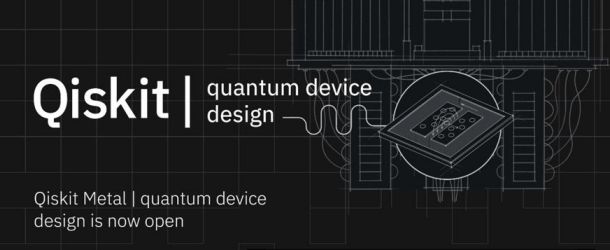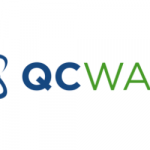You Don’t Have To Be You Don’t Have To Be a Quantum Scientist To Design A Quantum Computer Chip Using IBM’s New Tool Called Qiskit Metal

(Forbes.com) Until recently, even experienced researchers needed weeks or even months to design a simple quantum chip from start to finish. IBM officially released its new open-source design automation software Qiskit Metal in March 2021. Qiskit Metal is the first software to automate the design of superconducting devices. IBM is looking at eventually expanding its use from superconducting to other quantum technologies as well.
Analysis:
1. Considering all its advantages, Qiskit Metal should be a clear long-term winner for IBM and the quantum community.
2. By reducing the complexity of chip design, IBM has eliminated a significant barrier that may make quantum attractive to more people.
3. Qiskit Metal makes it possible for young K-12 students to have an understandable hands-on learning experience with quantum computing. Qiskit Metal can turn a seemingly impossible task into a fun learning experience. A positive early learning experience with Metal could help establish enough academic interest that might lead to thousands of future quantum researchers.
Background
Qiskit Metal is part of IBM’s general quantum SDK Qiskit library. It is unique because other Qiskit resources create quantum computing circuits and applications rather than producing quantum chip designs.
The current Qiskit Metal code is an alpha version that’s still under development. IBM believes Qiskit Metal will eventually provide the entire quantum ecosystem with an innovative tool that simplifies designing superconducting devices. Metal might subsequently be used for other technologies as well.
Long-range, IBM expects Metal will enable users with minimal programming skills to effectively use available libraries of quantum components and renderers for chip building. It also foresees a time when there will be a critical mass of shared resources developed by the open-source community of Metal users.
According to IBM’s Qiskit Metal website, future additions include the full integration of the Energy Participation Ratio (EPR) method, the impedance analysis, and the lumped-oscillator model.





















